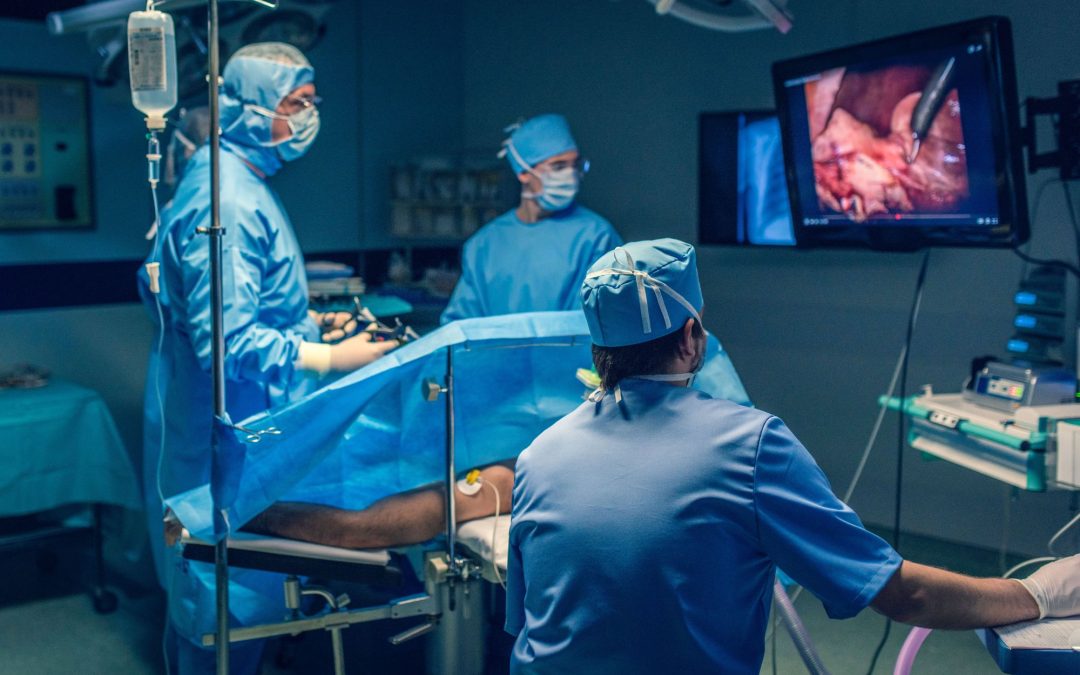A below-knee amputation (BKA) is a surgical procedure in which the lower part of the leg is removed, with the amputation occurring through the tibia and fibula bones below the knee joint. This type of amputation is often necessary when the lower limb is severely damaged or diseased and cannot be saved.
Causes for Below-Knee Amputation
The primary causes for a below-knee amputation include:
- Peripheral Artery Disease (PAD): Poor blood circulation often due to atherosclerosis can lead to severe tissue damage and necrosis.
- Diabetes: Complications such as diabetic foot ulcers and infections that do not heal.
- Severe Trauma: Accidents or injuries that cause irreparable damage to the lower leg.
- Infections: Severe, uncontrolled infections like osteomyelitis (bone infection) or gangrene.
- Cancer: Malignant tumors in the lower leg that cannot be effectively treated with other methods.
- Congenital Defects: Severe congenital deformities or conditions that impair limb function.
Symptoms Leading to Below-Knee Amputation
Symptoms prompting a below-knee amputation typically stem from the underlying condition causing limb damage, including:
- Chronic pain or severe infection in the lower leg.
- Non-healing ulcers or wounds, especially in diabetics.
- Significant tissue death (necrosis) and gangrene.
- Severe, irreparable trauma.
- Loss of sensation or motor function in the lower limb.
- Malignant tumors causing destruction of bone or soft tissue.
Diagnosis
To diagnose the need for a below-knee amputation, healthcare providers may utilize:
- Physical Examination: To assess the condition of the leg and severity of symptoms.
- Imaging Tests: Such as X-rays, MRI, or CT scans to evaluate bone and soft tissue damage.
- Vascular Studies: Doppler ultrasound, angiography, or other tests to assess blood flow.
- Blood Tests: To check for infection and assess overall health.
- Wound Cultures: If an infection is suspected, to identify the causative organisms.
Treatment
When a below-knee amputation is deemed necessary, the primary treatment involves:
- Surgical Procedure: The leg is amputated below the knee through a carefully planned surgical process, ensuring proper wound closure and preparation for prosthesis fitting.
- Open Amputation: In cases of severe infection, the wound may be left open initially to ensure all infected tissue is removed.
- Closed Amputation: The wound is closed immediately with sutures after the amputation.
Post-Surgery Treatment and Rehabilitation
Post-surgery care and rehabilitation are crucial for recovery and adaptation to life after amputation:
- Pain Management: Medications to control post-operative pain.
- Wound Care: Proper care and monitoring of the surgical site to prevent infection.
- Physical Therapy: Essential for strengthening the remaining limb, improving mobility, and preparing for prosthesis use.
- Occupational Therapy: Helps the patient adapt to daily activities and regain independence.
- Psychological Support: Counseling or support groups to help cope with the emotional impact of amputation.
- Prosthetic Fitting and Training: Custom-fitted prosthetic limb and training on its use.
Potential Complications
As with any major surgery, a below-knee amputation carries certain risks, including:
- Infection: At the site of the surgery.
- Phantom Limb Pain: Sensations of pain in the amputated limb.
- Blood Clots: Risk of developing clots in the remaining limb.
- Poor Healing: Especially in patients with diabetes or poor circulation.
- Psychological Impact: Depression or anxiety related to limb loss.
Recovery
Recovery times can vary based on the individual’s overall health and the reason for the amputation:
- Initial Healing: Typically takes several weeks to months.
- Rehabilitation: Intensive physical and occupational therapy lasting several months.
- Long-Term Adaptation: Ongoing adjustments to living with a prosthetic limb and maintaining an active lifestyle.
A below-knee amputation is a significant surgical procedure, but with appropriate post-operative care and rehabilitation, many individuals can achieve a high level of functionality and quality of life.



